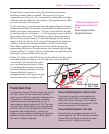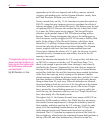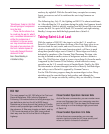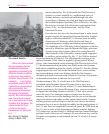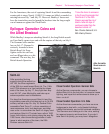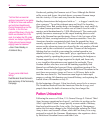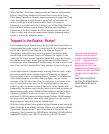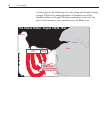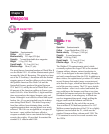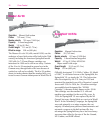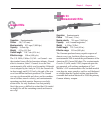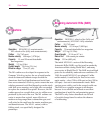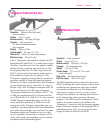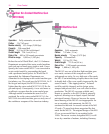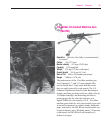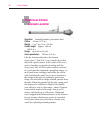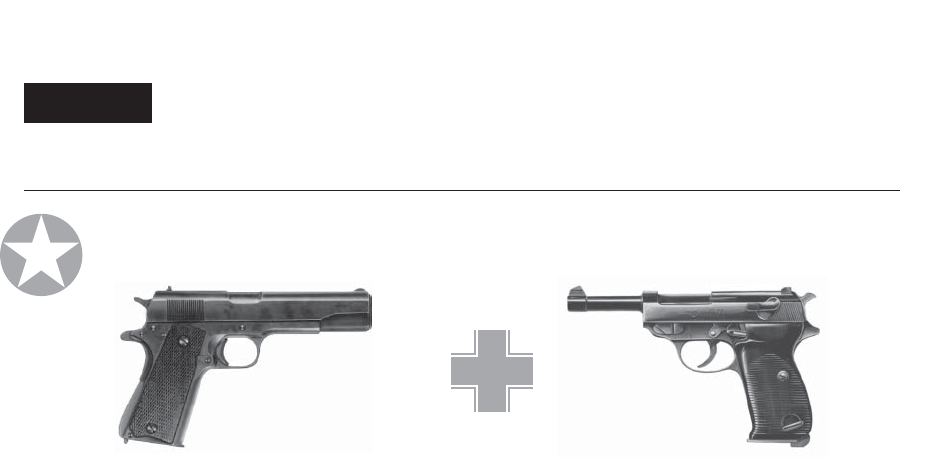
Chapter 5 Weapons
89
Chapter 5
Weapons
Operation
Semiautomatic
Caliber
.45 (11.4 mm)
Muzzle velocity
253 mps (830 fps)
Capacity
7-round detachable box magazine
Weight
1.1 kg (2.43 lbs)
Overall length
21.9 cm (8.62 in.)
Effective range
30 m (32 yds)
The most famous American handgun of World War II
was the Model 1911 .45-caliber semiautomatic pistol
invented by John M. Browning. This pistol was born
out of the U.S military’s frustration with the limited
stopping power of smaller-caliber revolvers during
the Spanish-American War. Both Colt and the
Springfield Armory produced the pistol between
1911 and 1915, and by the end of World War I over
60 percent of the American soldiers in France were
issued Colt 45s. After World War I, slight modifica-
tions were made to the trigger, hammer, grip, and
frame. Although it was issued to officers and squad
leaders, the .45 was not standard issue for infantry-
men during World War II. This didn’t keep many
front line soldiers from obtaining them, and the
regulation against their carrying pistols was rarely
enforced. The Colt was recognized as a weapon of
last resort—most soldiers had more effective
weapons available, but no one denied the feeling of
security the weighty .45 provided. It remained the
standard U.S. sidearm until 1984.
Colt .45 model 1911
Walther P 38
Operation
Semiautomatic
Caliber
9-mm Parabellum (.354 in.)
Muzzle velocity
350 mps (1,149 fps)
Capacity
8-round magazine
Weight
0.96 kg (2 lbs)
Overall length
21.3 cm (8.25 in.)
Effective range
30 m (32 yds)
The Walther P 38 semiautomatic pistol, which
eventually replaced the Luger P 08 as the standard
German military sidearm, entered production in
1939. It was designed to be more quickly, cheaply,
and easily manufactured than the P 08. In addition to
these virtues, the sophisticated yet robust P 38 added
several features that made it more convenient and
safer than the Luger, which had been designed at the
end of the previous century. The P 38 was a double-
action firearm—after it was cocked and loaded, the
user could lower the hammer, and then at any time
pull back the hammer and press the trigger to fire the
chambered round; in an emergency in which aim
was less important than speed, simply pulling the
trigger would cock the hammer and fire the
chambered round. By the end of the war more
than a million P 38s had been produced. In 1957
Walther resumed production of the P 38 in a slightly
lightened version called the P 1, which was the
standard German military sidearm until 1980. The
P 38 remained in service in several countries into
the 1990s.



